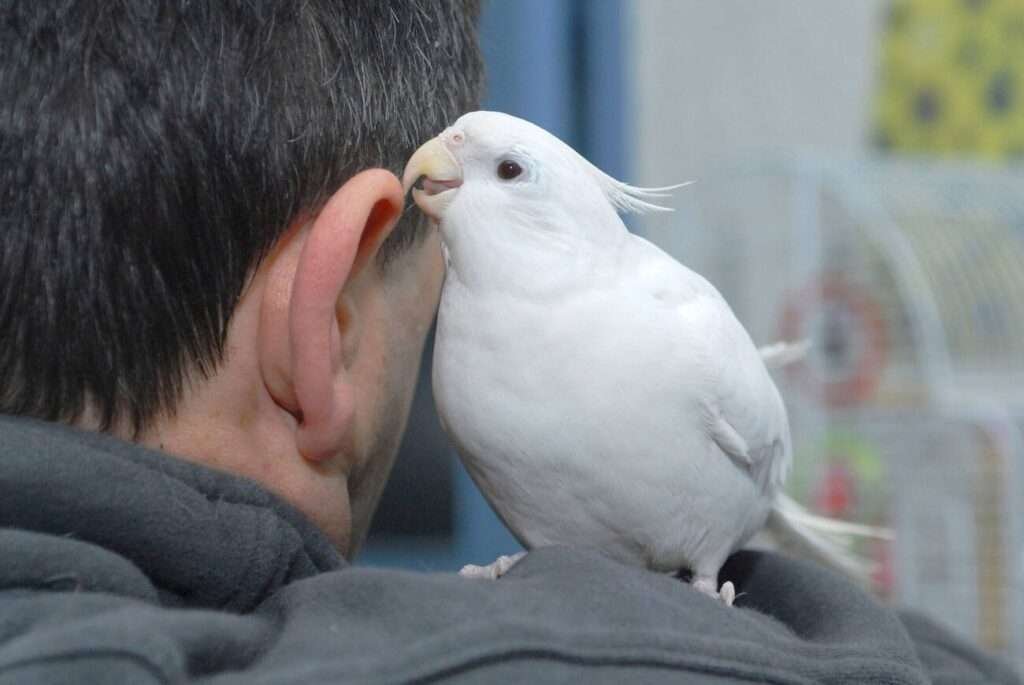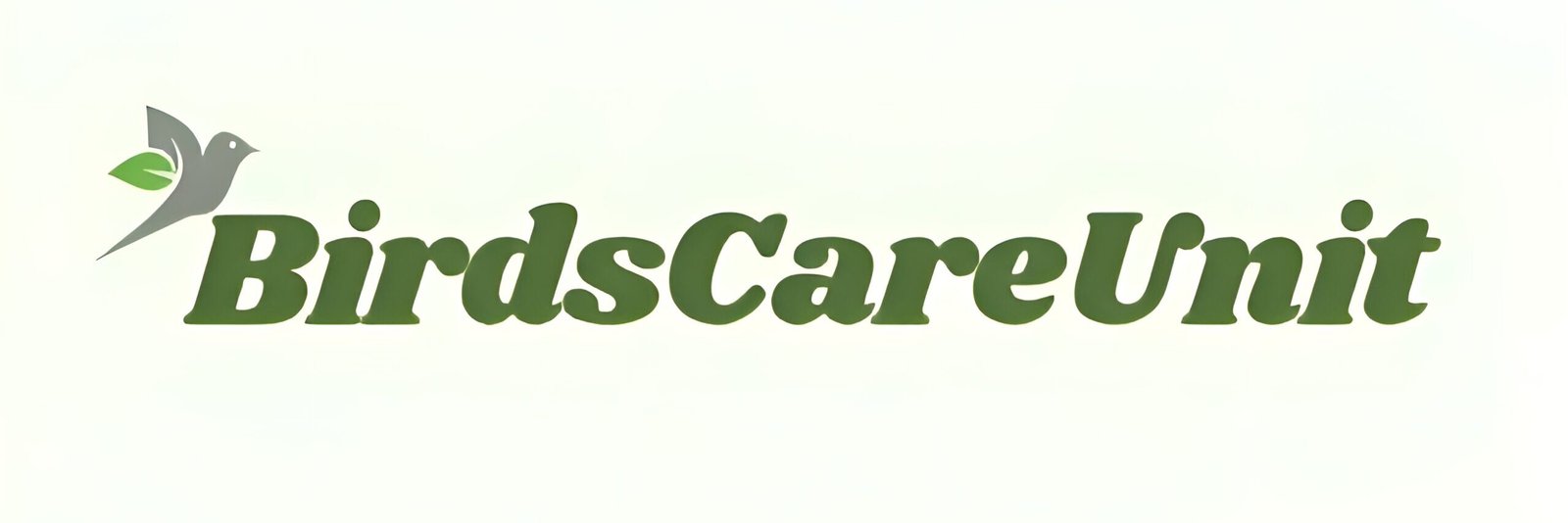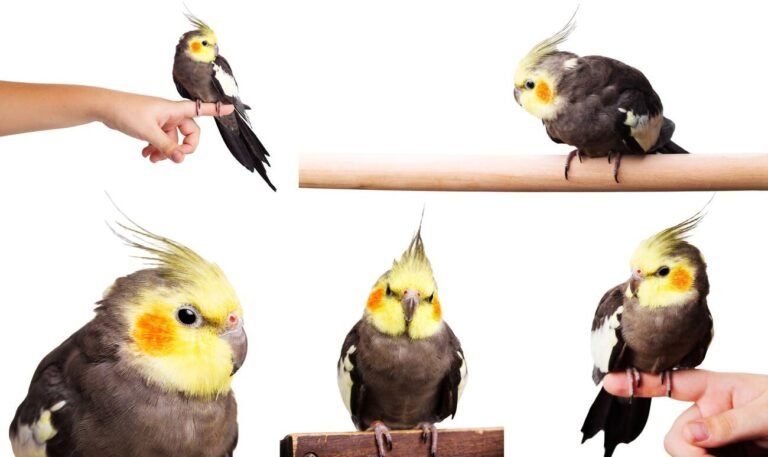How to bond with your Pet Birds

I have a small farm with hundreds of pet birds, and most of them are cockatiels, which are my absolute favorite. Among them, I have two tamed cockatiels that share a deep bond with me. Building a strong connection with your cockatiels is essential for every bird owner. Without this bond, it’s hard for your birds to understand your emotions, and you miss out on truly connecting with them. Plus, without that trust, training becomes much more difficult. In today’s blog, I’ll be discussing how to build a meaningful bond with your cockatiels. Let’s get started!
Understanding Your Bird’s Perspective
One of the first steps in building a bond with your bird is to understand the situation from your bird’s perspective. Birds, especially those who are new to a home or who have had limited human interaction, can be understandably wary of their larger, unfamiliar caregivers. Think about how you might feel if a giant hand suddenly reached into your space—it would be frightening!
To ease your bird’s apprehension, it’s important to approach the process with patience and empathy. Your goal is to make your bird feel safe and secure, not overwhelmed. This shift in perspective can significantly impact how you interact with your bird and help build the foundation for a strong bond.
Taking It Slow: Building Trust Gradually
Building trust with your bird is a gradual process that requires patience. The key is to move slowly and let your bird come to you on its own terms. Here are some strategies to help you take it slow and build trust effectively:
1. Respect Their Space
Initially, avoid reaching into your bird’s cage or trying to handle them. Instead, let your bird get used to your presence. Spend time near their cage, talking in a calm and soothing voice. You can also engage in activities like reading or watching TV nearby, which helps your bird get accustomed to your presence without feeling pressured.
2. Create a Calm Environment
Ensure that the environment around your bird is calm and stress-free. Avoid loud noises or sudden movements that might startle your bird. A calm environment helps your bird feel more secure and less anxious about interacting with you.
3. Use Soft, Reassuring Language
When you do talk to your bird, use a soft and reassuring tone. Birds are sensitive to the emotions in your voice, and a gentle, consistent approach can help build trust. Avoid using a loud or harsh tone, as this can scare your bird and hinder the bonding process.
Taking the Next Steps: Engaging More Directly
Once your bird is comfortable with your presence and hand movements around their cage, you can begin taking more active steps to build your relationship. Here’s how to proceed:
1. Offer Treats
Birds often respond well to treats, which can be a great way to encourage positive interactions. Millet spray is a popular treat among many bird species, and it can be a powerful tool for building trust. Hold a small piece of millet spray near your bird and let them come to you to take it. This helps create a positive association with your presence.
2. Introduce the Step-Up Command
Once your bird is comfortable taking treats from your hand, you can introduce the step-up command. Gently extend your finger as a perch and softly press upward on your bird’s chest near their feet. The goal is for your bird to step up onto your finger voluntarily. This might take time and patience, but with consistent effort, your bird should eventually hop onto your finger, allowing you to bring them out of the cage.
3. Practice Regular Interaction
As your bird becomes more comfortable with stepping up onto your finger, increase the frequency of your interactions. You can start taking your bird to different parts of the house, allowing them to explore new environments while you provide reassurance and positive reinforcement. Remember to keep these sessions short and enjoyable to avoid overwhelming your bird.
Using Positive Reinforcement
Positive reinforcement is a crucial aspect of building a bond with your bird. This approach involves rewarding desirable behaviors to encourage their repetition. Here’s how to effectively use positive reinforcement in your interactions with your bird:
1. Incorporate Treats and Praise
When your bird responds positively to commands or interacts willingly, reward them with treats and praise. This creates a positive association with the behavior and reinforces the bond between you and your bird. Avoid using treats excessively; instead, offer them sparingly to maintain their effectiveness.
2. Keep Training Sessions Short
Birds have relatively short attention spans, so it’s important to keep training sessions brief and focused. Aim for sessions lasting 10 to 15 minutes to prevent your bird from becoming bored or frustrated. If your bird seems stressed or uninterested, it’s best to end the session and try again later.
3. Avoid Negative Reactions
Never react negatively or get frustrated if your bird isn’t responding as hoped. Birds are sensitive to their caregivers’ emotions, and negative reactions can hinder progress. Instead, if you encounter difficulties, take a break and approach the situation with renewed patience.
Addressing Challenges: What to Do When Bonding Is Difficult
Despite your best efforts, some birds may be more challenging to bond with due to various factors. Here are some additional strategies to consider:
1. Consider the Bird’s Background
Hand-reared birds, those raised by humans from a young age, often bond more quickly than birds raised by their parents. If your bird is parent-reared, be prepared for a potentially slower bonding process. Understanding this can help manage your expectations and approach the situation with patience.
2. Rebuild Trust After Negative Experiences
If your bird has had negative experiences with previous owners or has become frightened of you, focus on rebuilding trust. Spend time in your bird’s presence without attempting direct interaction. Speak softly and allow your bird to approach you when they feel ready.
3. Seek Professional Help
If you’ve tried all these methods and your bird still refuses to bond with you, it may be time to seek professional help. An avian veterinarian can check for any underlying medical issues that might be affecting your bird’s behavior. Pain or discomfort can make a bird more fearful and less likely to bond.
Additionally, consulting a local pet behaviorist experienced with birds can provide valuable insights and personalized advice. These professionals can offer strategies tailored to your bird’s specific needs and challenges.
Conclusion
Building a strong bond with your bird is a rewarding but gradual process that requires patience, empathy, and consistent effort. By understanding your bird’s perspective, taking a slow and respectful approach, and using positive reinforcement, you can foster a deep and meaningful connection with your feathered friend. Remember, every bird is unique, and some may take longer than others to form a bond. With time and dedication, you’ll likely find that the effort pays off with a loyal and affectionate companion.



